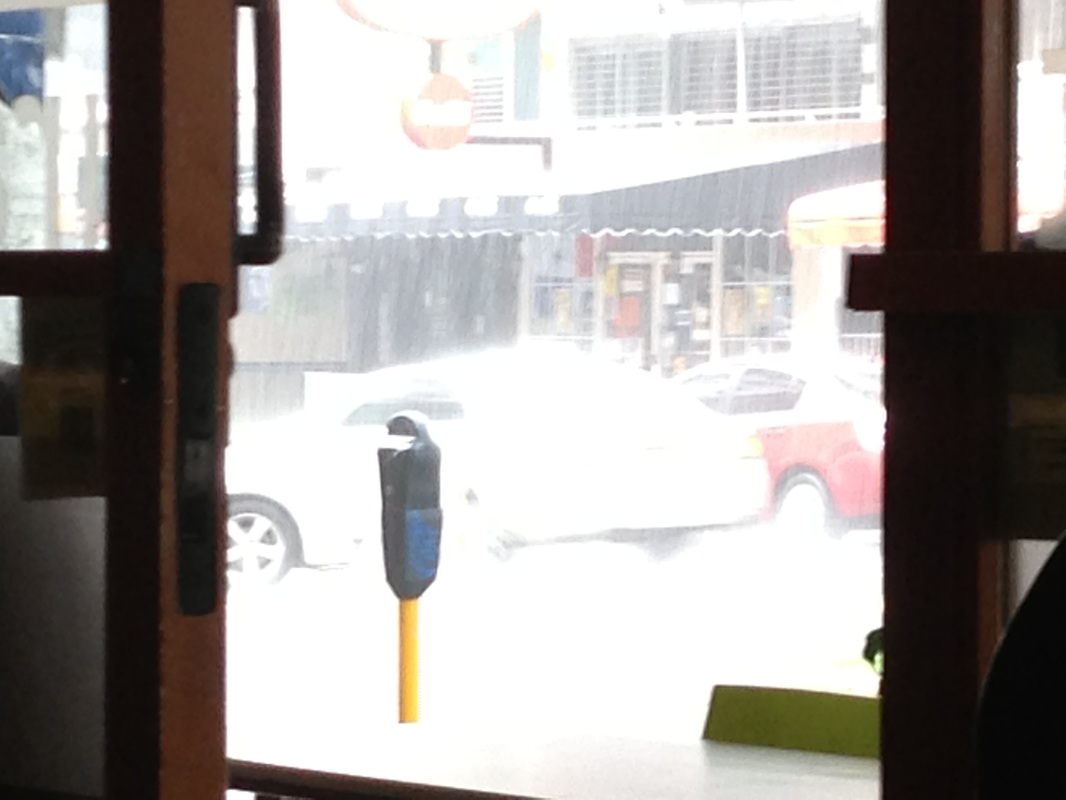|
One of the most shocking experiences for newcomers may very well be a simple ride in a taxi. So, what’s different? What should you know before you jump in one of Panama’s speedy yellow cabs?
· Fares. Taxis in Panama do not have meters, and drivers often decide on the price at the spur of the moment. My recommendation is to establish a fare with the driver before you enter the cab. Fares oftentimes reflect the number of people in your party. As a rule of thumb, no fare in the center of Panama should be more than five to six dollars (even for a group). Exceptions include the Amador Causeway, which for some reason taxis charge approximately US$10 to get to (exorbitant for Panama!). Fares to and from the Casco Viejo can also reach US$10, especially on a Friday or Saturday night, although if you’re willing to search/negotiate you should be able to find a lower price. The Government has established a fare calculator, which you can access here (http://www.transito.gob.pa/tarifa-taxis), but drivers typically do not abide by these fares. · Taxis are collective affairs. Don’t be surprised if your cab driver picks up other clients along the way. This will not affect your fare, re: you receive no discount for sharing. Taxis are basically like mini-buses in this sense. Of course, if you take a taxi from your hotel you may receive a taxi just for you and, of course, a higher price tag. · Demand is higher than supply, the culture of “no voy.” Before you enter a cab, the driver will usually ask you where you’re going (re: the driver will roll down the window, and you shout “Paitilla,” or wherever it may be that you are traveling to). Taxi drivers will then pull over or drive on depending on whether they’re willing to drive there. Drivers oftentimes will not go (saying “no voy,” literally I’m not going) to places because of Panama’s famous “tranques” (traffic jams) or because they simply do not feel like driving to that part of the city (leading to my hypothesis that demand is probably still higher than supply). · Small bills. Travel with small bills, as cab drivers oftentimes do not have change. Also, do not get out of the taxi until you get your change. · Tips. In Panama, there is not a culture of tipping taxi cab drivers. · Honk, honk, honk. Drivers that have space will honk their horn repeatedly to let you know that they have space. If this sounds too chaotic, alternative private transit options include Uber and hotel taxis/transport. The airport taxis are also a different class of taxi and cost approximately US$30 from the airport to the center city. Still best to establish the fare before you jump in!
7 Comments
The Glory of the Panamanian Snow Cone. Raspado! The perfect (albeit short term) remedy to conquering the heat as you walk around the Casco Viejo! As you stroll the streets, keep your eyes open for carts with huge blocks of ice on them and listen for vendors’ calls of “raspaooo, raspaooo, raspaooooo.” Choose a size, flavor, whether or not you want condensed milk and voilà! Icy, cold snow in 90-degree weather! This sweet Panamanian treat usually costs anywhere from US$1 to US$2 dollars. Buen provecho!
Your best friend in the Panamanian winter months (May to December) may be your umbrella! Downpours – or aguaceros as they are called here – can overtake a blue sky in seconds! The thunderous rain comes down as though buckets of water were falling on your head, and the speed at which you can dig into your pocket and extract your umbrella may determine whether or not you look like you’ve jumped in the Bay fully clothed (which I don’t recommend – the water is quite contaminated)! The rain can even be a bit too much for an umbrella. My recommendation is to hop in one of Casco Viejo’s lovely cafés, sit the storm out (the heavy rain usually does not last for more than an hour) and comfort yourself with the knowledge that you really are having a truly Panamanian experience.
|
Archives
May 2024
Categories
All
|



 RSS Feed
RSS Feed